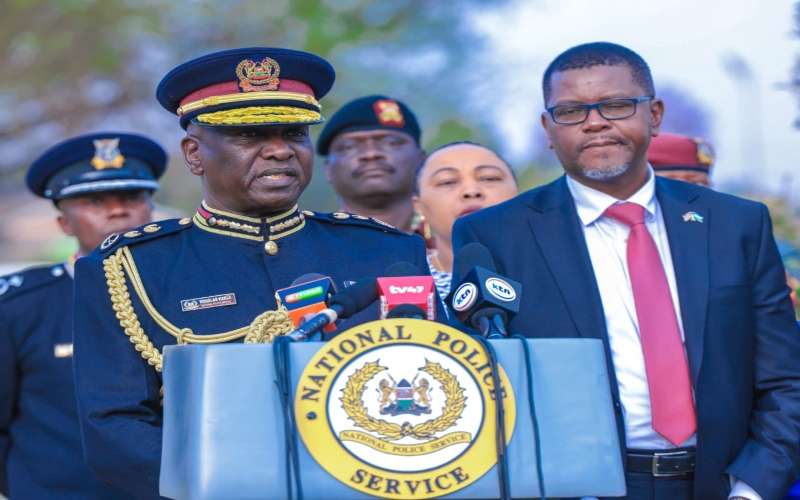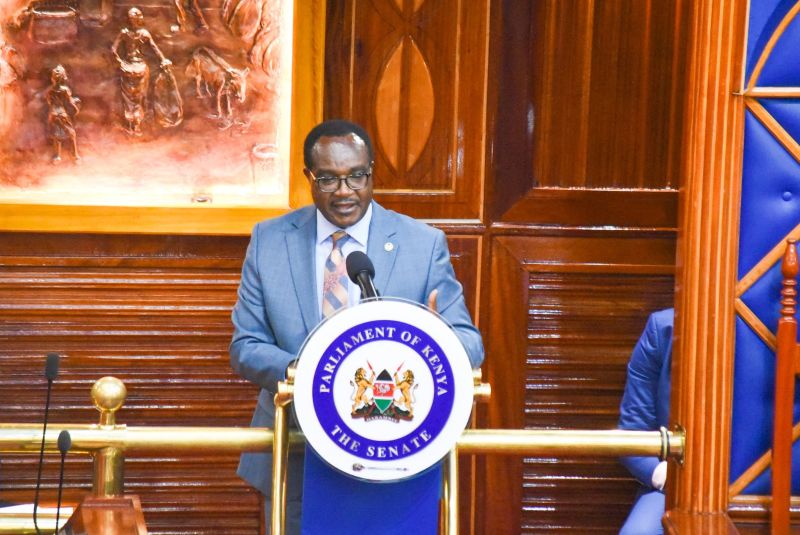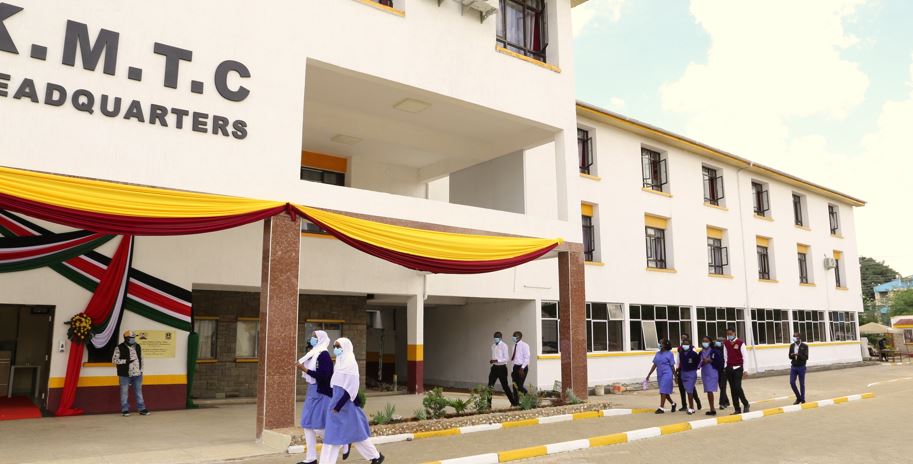Mandera residents challenge gazette-only notices in landmark land case

They argue that their ancestral land is under threat because they were not adequately informed about the Local Physical and Land Use Development Plan for urban centres that was announced on May 30, 2025.
A legal challenge filed by residents of Mandera County is testing whether government notices published in official documents and newspapers are enough to inform communities in remote regions about major land decisions.
Forty-three residents have petitioned the High Court, accusing the county government of excluding them from crucial consultations on land use plans through a notification process they say is out of reach for pastoralist communities.
More To Read
- Court temporarily halts Mandera County land allocation
- Court nullifies Mandera boundary delineation gazette notice
- Over 5,300 land parcels set for allocation in Mandera
- Senator Ali Roba raises further alarm over presence of Jubaland Forces in Mandera
- Ruto, Defence CS Tuya criticised over their silence as Jubaland forces occupy Mandera
- Court halts construction of Gode Secondary School in Mandera South
They argue that their ancestral land is under threat because they were not adequately informed about the Local Physical and Land Use Development Plan for urban centres that was announced on May 30, 2025.
The notice, which was carried in the Kenya Gazette and national newspapers, invited anyone with objections to submit them within 60 days.
However, lawyer Eric Kinaro, who represents the residents, told the court that such notices do not reach most of his clients, who live in rural areas and have limited literacy.
"The affected community, being predominantly rural, marginalised and with high illiteracy rates, had no meaningful access to these publications," he said.
He added that relying only on a Gazette Notice and a newspaper advert does not amount to effective public engagement.
Instead, he argued, the county should have used communication channels that the community understands, such as local barazas, radio broadcasts in local languages and administrative offices.
The petitioners, who are mostly pastoralists, say they depend on the land for grazing and farming.
They claim they only became aware of the planned allocations after a whistle-blower at the National Land Commission alerted them.
They say no meetings were held to explain the proposed changes, leaving them sidelined from a process that directly affects their livelihoods.
The case cites breaches of several constitutional and legal provisions, including Articles 10, 27 and 63 of the Constitution on public participation, equality and community land rights.
It also points to violations of the Environment and Land Court Act, the Community Land Act, Regulation 27 of the Community Land Regulations and Section 115 of the County Governments Act.
"The entire allocation process lacks transparency," Kinaro told the court.
Among those listed in the petition are Mandera East MP Hussein Weytan Abdirahman and Lafey MP Mohamed Abdi Abdirahman. They want the court to rule on whether publishing information in the Gazette and newspapers alone can be considered proper communication for rural communities.
In response to the case, Environment and Land Court Judge John Mutungi has suspended all land transactions in ten targeted localities.
The conservatory orders stop any alienation, allocation, surveying, subdivision, disposal or interference with the land in Baraqwo, Koromey, Headquarter, Central Business District, High Density (HD), High Density (HD2), Neboi, Heleshid, Low Density and Environment Protection Programme areas.
The county government and the National Land Commission have been given 21 days to file their responses.
The petitioners argue that the allocation process is riddled with irregularities. They say officials carried out aerial surveys rather than ground assessments, making it impossible for land users to raise objections.
“The failure to expressly identify the exact parcels and the intended beneficiaries renders the process opaque, unreasonable, and contrary to the constitutional and statutory requirements of transparency and accountability in land governance,” reads part of the petition.
“Moreover, the vagueness and ambiguity of the notice effectively deprived the affected community of any meaningful opportunity to raise a valid objection to the alienation of parcels that are not fully and properly identified.”
Legal analysts say the case has wide implications for how national and county governments communicate decisions that affect communities, especially in areas where literacy and access to print media are limited.
If successful, it could compel counties to adopt more inclusive methods to notify the public about development projects.
The dispute also underscores the growing tension between traditional land use systems and modern planning frameworks in Kenya’s pastoralist regions, a challenge that has been playing out in various counties since 2013.
Top Stories Today












































